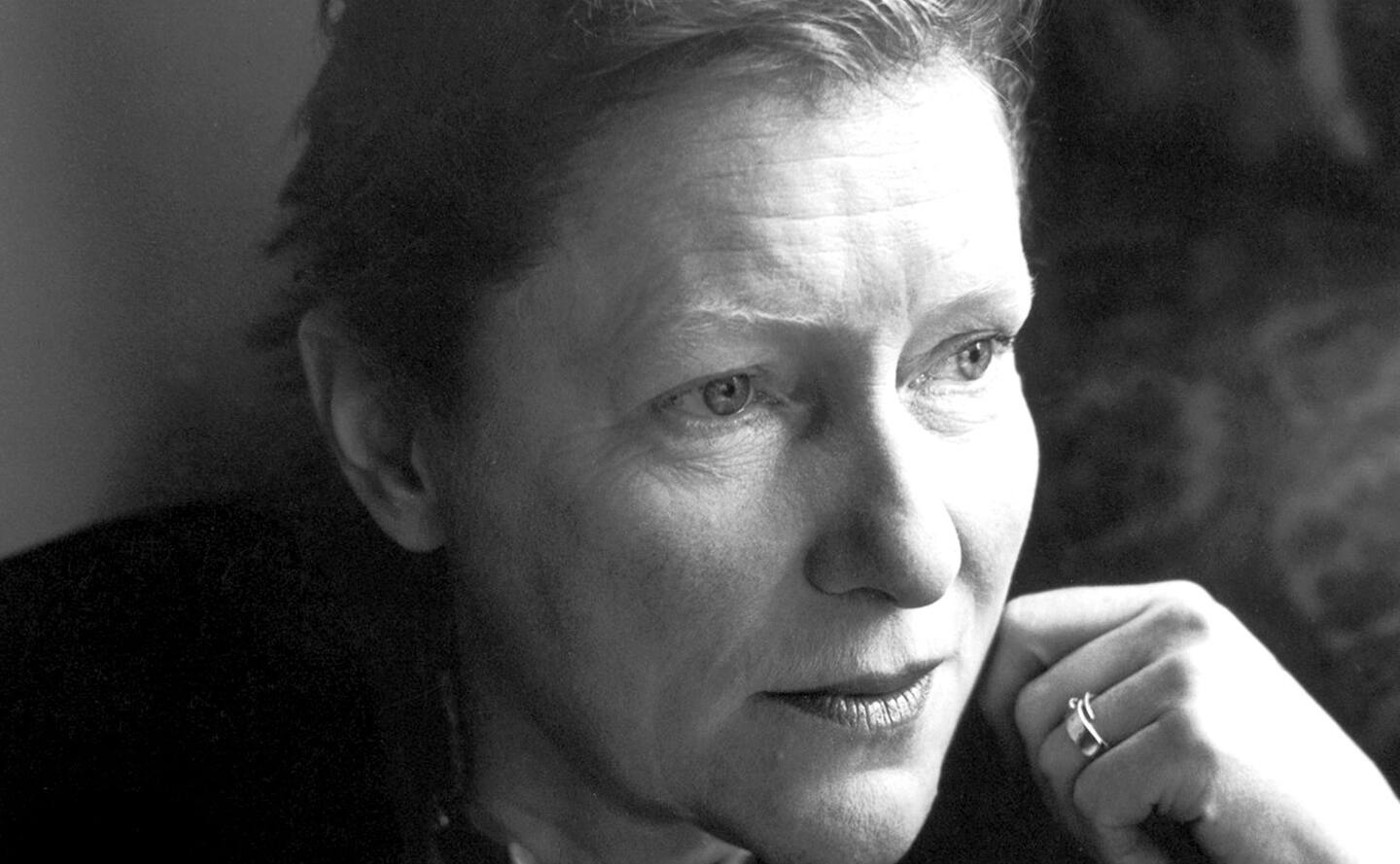Sybille Bedford: A Life, by Selina Hastings book review
[ad_1]
It’s really quite a story. Born in Berlin, Sybille von Schoenebeck — Bedford’s birth name — spent her childhood as the little “Baronin Billi,” the unwanted daughter of two rich, glamorous and utterly incompatible parents. Her Catholic father, Baron Maximilian von Schoenebeck, drank only the finest wine, collected rare antiques and preferred his mistresses beautiful but not too intelligent. Her Jewish mother, Elisabeth Bernhardt, was a celebrated beauty with a series of lovers, exceptionally well read and, eventually, a morphine addict. French rather than German was always spoken at home, English being the future writer’s third language, as it was for Joseph Conrad and Vladimir Nabokov.
World War I, coupled with inflation, destroyed the family fortune. During the 1920s Sybille and her mother consequently moved to Sanary-sur-Mer, a small French fishing village on the Mediterranean that gradually became a mecca for artists and emigres. Here Bedford entered the orbit of Aldous Huxley, who encouraged the young woman in her ambition to write. Here, too, Bedford began her lifelong daisy chain of affairs with women. Even in her 70s, Bedford would sometimes cruise pickup bars.
Being half Jewish and fearing the growing power of Nazi Germany, in 1935 Sybille acquired a new last name — and a British passport — through a quickie, unconsummated marriage with a man she never saw again. By this time, she was already relying on the largesse of wealthy admirers to pay the bills and give her places to stay, whether in Paris, Rome, New York, Southern California or Switzerland. Like her parents, Bedford rarely economized and, being a gourmet as well as an oenophile, always insisted on the best food and wine. In her later years, she even hobnobbed and dined with such culinary legends as M.F.K. Fisher, Elizabeth David, Richard Olney and Julia Child. Dishes prepared by Child, she snorted disdainfully, were merely good hotel fare, nothing special.
Notwithstanding all the detail in these packed pages, Hastings somehow never quite accounts for what must have been a case of extraordinary charisma. Why, for example, should Martha Gellhorn — a celebrated journalist, Hemingway’s ex-wife, and very much a man’s woman — support Bedford with lavish sums for many years? Most of the time they didn’t even like each other. In fact, there doesn’t seem much to like about Bedford, who often treated her meekly devoted lovers like servants and charwomen.
As a writer, Bedford was a late bloomer, but her prose made it worth the wait. In 1953, already in her 40s, she brought out her first book, a spikily witty “traveller’s tale from Mexico” called “The Sudden View,” later retitled “A Visit to Don Otavio.” This was followed in 1956 by “A Legacy,” a semi-autobiographical novel about her family and her own early life. Both these books are minor masterpieces.
“A Visit to Don Otavio,” for instance, is extremely funny, politically incorrect and a particular favorite of mine. As Bruce Chatwin, no slouch as a prose stylist himself, once noted, “There is no point in trying to summarize the trials, sights, tastes, and delicious surprises of Mrs. Bedford’s ‘Wonder Voyage,’ nor to comment on the uncluttered lucidity of her style. It is simply a book of marvels, to be read again and again and again.” Consider one brief anecdote. Eager for some excitement, Bedford and her long-suffering companion E — more fully, Esther Murphy, the sister of Scott Fitzgerald’s wealthy friend Gerald Murphy — decide to attend a festival and bull-baiting. “As we entered the pleasure grounds,” recalls Bedford, “the grandstand, a scaffolding of sticks and strings, collapsed and two hundred people in gay clothes, very drunk, slowly, slowly fell into the trees below.
“ ‘I think I shall go now,’ I said. ‘I don’t think the fiesta can do any better than this.’ ”
When “A Legacy” appeared, this elegant depiction of a lost world was praised by Evelyn Waugh as “entirely delicious,” a view seconded by Nancy Mitford and Janet Flanner, as well as several reviewers who compared it to Proust. Unfortunately, Bedford’s three subsequent novels — “A Favourite of the Gods” (1963), “A Compass Error” (1968) and the much later “Jigsaw” (1989) — largely reworked the same material with less success.
Through much of the later 1950s, Bedford — long fascinated by judicial proceedings — produced a substantial amount of highly individual legal journalism. “The Trial of Dr. Adams” (1958) focused on a supposed serial poisoner; it was succeeded by “The Faces of Justice” (1961), a survey of the court systems of France, England and Germany. Given Bedford’s unusual expertise, magazines quickly commissioned eyewitness accounts from her of the “Lady Chatterley’s Lover” obscenity case and Jack Ruby’s trial for the murder of Lee Harvey Oswald.
In 1973, Bedford finally completed a rambling unscholarly biography of her former mentor, Aldous Huxley. Except for “Jigsaw” and a few travel pieces, nothing much followed until “Quicksands: A Memoir” in 2006. In its pages, she zigzags once again through the first half of her restless life, recalling the women who surprised her with “the three fatal words”— that is, “I love you”— and savoring her past like a rare vintage.
Appropriately enough, “Sybille Bedford” makes just the right pendant to Selina Hastings’s excellent earlier biographies of Somerset Maugham and Evelyn Waugh. All three of these domineering, self-centered writers regularly behaved monstrously to others, sometimes unforgivably so. But their books, ah, their books! Bedford’s “A Visit to Don Otavio,” Maugham’s collected short stories, Waugh’s “Decline and Fall”— these one can read, as Chatwin says of the first, again and again and again.
Michael Dirda reviews books for Style every Thursday.
Sybille Bedford: A Life
[ad_2]
Source link
